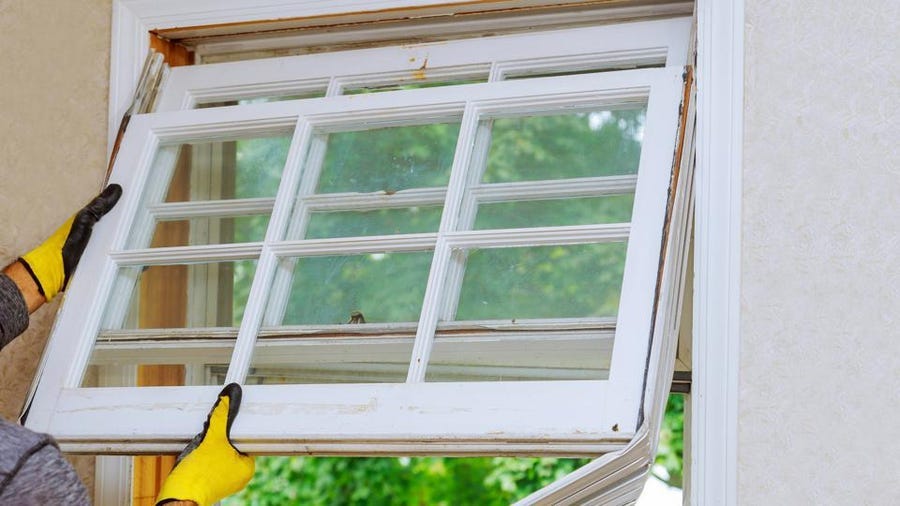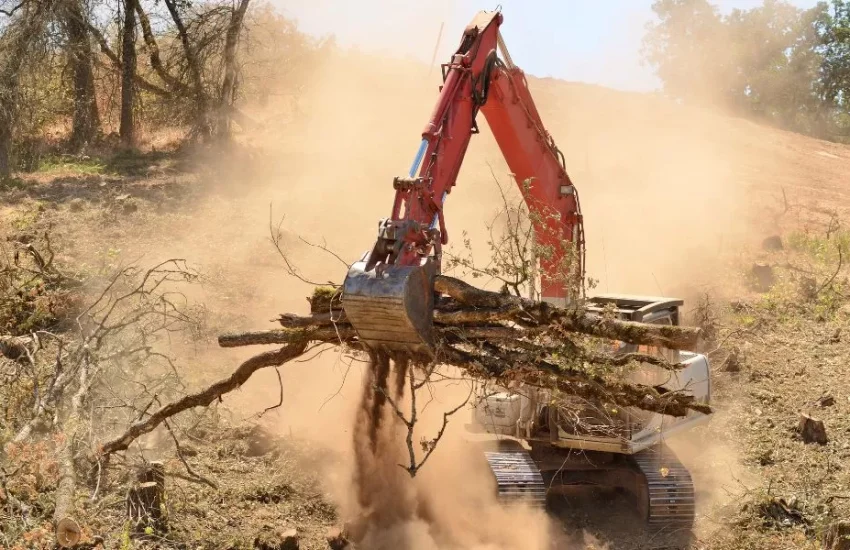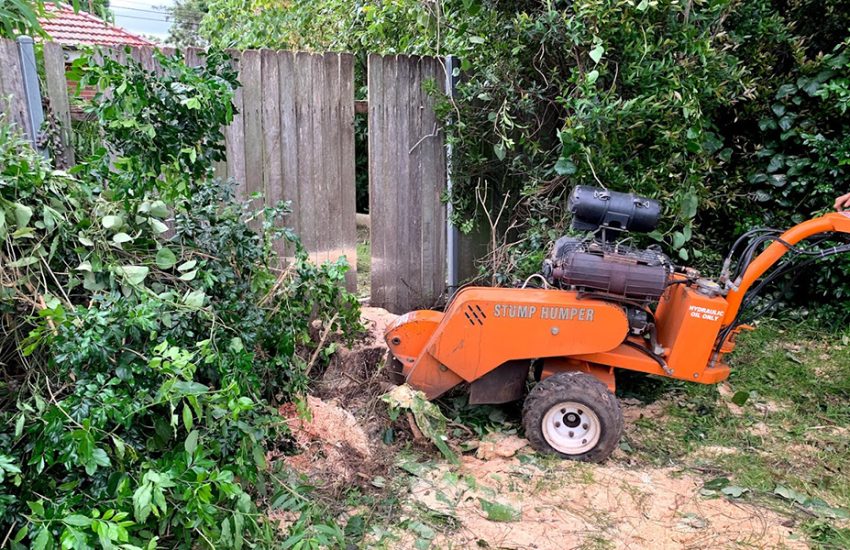How Your Vinyl Windows Could Be Costing You Money
Purchasing replacement windows for your home is something you want to get right the first time. Yes, they can be a significant investment upfront, but there are many benefits of installing durable, efficient windows in the long run. And the materials used during the manufacturing process are key in the performance of your window.
With that in mind, let’s have a look at vinyl window frames and unpack how they could be costing you more money in the long run.
Wait, Aren’t Vinyl Frames Affordable?
Compared to other materials (such as wood or aluminum), vinyl frames have a reputation for low cost.
While upfront costs might be lower, over time vinyl windows are a cash suck. Why? Mostly because of their lack of durability.
See a more comprehensive breakdown on vinyl vs aluminum vs wood windows here!
Condensation On Your Windows? That’s a Big Problem.
Condensation on windows is a very common problem. It occurs when water vapor in the air condenses on cold surfaces–often on windows.
If you notice condensation forming between the two panes of glass, it means the integrity of the window seal has been compromised and that water vapor is beginning to condense into water inside the window.
While this may not seem like an issue at first, drafty and improperly sealed windows can lead to air leakage, energy waste and irreparably damaged windows.
If you’re experiencing condensation between the window panes, it’s time to consider replacing the window altogether, not just the glass! That’s because seal failure is primarily caused by cheaper frames – likely frames made from vinyl. If the seal has failed in these types of cheaper window frames, it will fail again in the future.
The solution? You need to go with a stronger, reinforced frame design.
Get Windows That Don’t Wear and Tear Overtime
Vinyl replacement windows are made from polyvinyl chloride, which is the third-most used synthetic polymer in the world. In other words, it’s plastic. These frames are a combination of different plasticizers, pigments and chemicals with hollow chambers that allegedly make for a lighter, more flexible product.
These hollow vinyl frames lack strength, rigidity and durability. They are disposable products that are highly susceptible to wear and tear as well as expansion and contraction in Canada’s drastically fluctuating climate.
| A Note on Climates with High Temperature Fluctuations: If you’re shopping for replacement windows, you’ve likely come across the ENERGY STAR® ratings before. Canada’s ENERGY STAR® was developed to help gauge the energy performance of a window. It’s a number that takes into account three metrics:
The problem here is that the Solar Heat Gain Coefficient is weighted the most heavily in the Energy Rating equation. But a “good” or “bad” Solar Heat Gain Coefficient largely depends on the climate where the home is located. For example, homes in Northern Canada exposed to long winters and minimal warm weather would want a higher rating to take advantage of more solar heat gain. Conversely, a lower rating is essential in the Southwestern United States, where homes see sunshine year-round. Considering this insight, the ENERGY STAR® rating can often mislead homeowners shopping for windows. Dive into the window e rating calculation here to discover what’s right for your specific home. |
From the frames and glass to construction and installation, there is a lot that goes into making replacement windows energy efficient. Ultimately, what matters most is ensuring that your replacement windows have the right metrics for your home.
Vinyl is a Good Window Frame Material When it’s Reinforced
Answering the question “is vinyl a good window frame material” isn’t a case of saying yes or no: there are clear advantages to vinyl and clear disadvantages. The key, then, is to use vinyl in a way that will make the most of its strengths and supplement its weaknesses.



